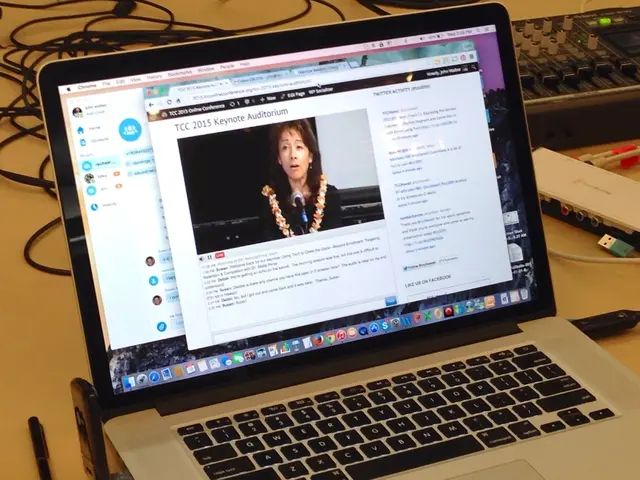Instructions for Limiting Financial Losses
In the dynamic world of trading, large losses can be a common pitfall for both novice and experienced traders alike. A recent study has identified the top 10 root causes of such losses, providing valuable insights for those looking to improve their trading strategies.
1. Lack of Trading Discipline: Adhering to a trading plan is crucial, as unplanned decisions can lead to increased risk and potential losses.
2. Panic and Emotional Trading: Fear and greed can drive traders to make hasty, ill-informed decisions, resulting in losses due to cutting losses too early or holding onto losing trades for too long.
3. Poor Risk Management: Ignoring or underestimating risk can have significant consequences, particularly when trading with large positions without proper stop-losses.
4. Insufficient Knowledge: Entering complex markets like futures and options without a solid understanding can lead to costly mistakes.
5. Time Decay (Options Trading): Failure to consider the time value erosion of options contracts can result in unexpected losses.
6. Lack of Price Movement: In low volatility conditions, leveraged positions may not yield the expected gains, leading to significant losses due to leverage.
7. Unforeseen Events: Ignoring or underestimating potential market disruptions can exacerbate losses.
8. Overleveraging: Using too much leverage can amplify losses, especially in volatile markets.
9. Chasing Losses and Revenge Trading: Reacting emotionally to losses can lead to further trading mistakes.
10. Lack of a Proven Strategy: Frequent changes in trading strategies without a proven edge can lead to inconsistent results and increased risk.
However, there is a solution to mitigate these losses: the stop-loss. A stop-loss is a crucial tool in managing trading losses by limiting the potential downside of a trade. By setting a stop-loss, traders can predetermine the maximum amount they are willing to lose on a trade, thereby avoiding significant financial shocks.
Stop-losses enforce discipline, encourage adherence to trading plans, and help in maintaining optimal position sizes relative to the trader's risk tolerance. They also reduce emotional bias, as they automatically execute trades at predetermined levels, mitigating the impact of fear and greed.
To apply stop-losses effectively, consider the following strategies: manage the size of your trades so that no more than 1% to 2% of your capital is at risk per trade; align stop-loss levels with technical indicators and volatility metrics; adjust stop-loss distances based on market conditions and trading timeframes; and set a stop loss at a level that is meaningfully against the initial entry to avoid premature exit.
In conclusion, understanding the common root causes of large trading losses and employing the use of stop-losses can significantly improve a trader's performance and overall success in the market. Mastering the art of managing stop losses is a key skill for profitable trading.
- To minimize losses in personal-finance associated with trading, it's beneficial for traders to implement the use of technology such as stop-losses, as they enforce discipline, reduce emotional bias, and help in managing risk by limiting potential downsides.
- Incorporating data-and-cloud-computing tools into personal-finance strategies can aid in effectively applying stop-losses, as they allow traders to manage the size of their trades, align stop-loss levels with technical indicators, and adjust distances based on market conditions and timeframes.








